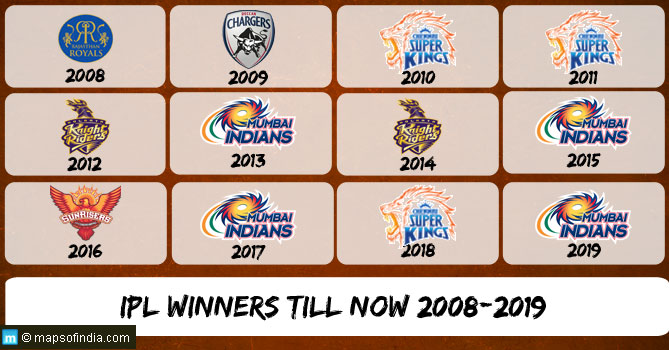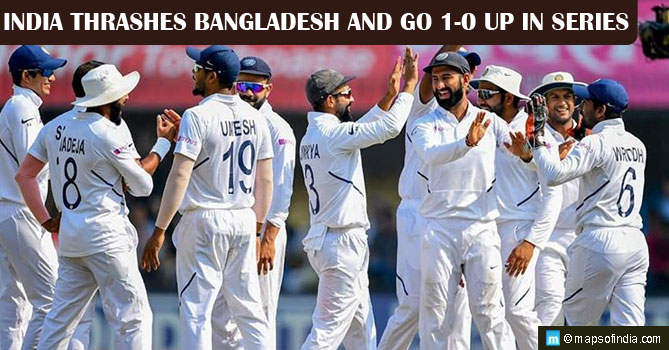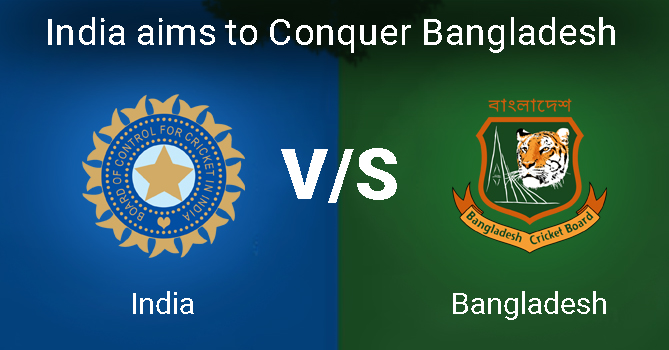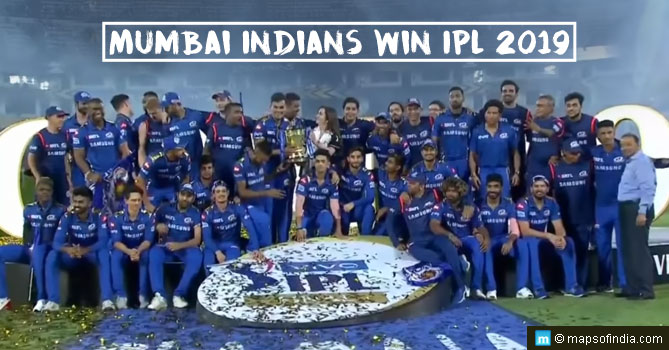Nowadays cricket lovers around the world as well as several cricketers use the title ‘little master’ to denote Sachin Tendulkar. Actually, if I am not mistaken, the term was invented to describe the batting exploits of Hanif Mohammed, one of the finest batsmen to have played for Pakistan in the infancy of its cricketing journey. Closer home, this term was once meant to identify the incomparable Sunil Gavaskar. Gavaskar, to this day, remains the finest opener ever produced by India and, dare I say, its finest batsman. He was the person, who along with Kapil Dev, Gundappa Vishwanath and Mohinder Amarnath, kept the Indian flag high during the golden age of cricket – the 1970s and 80s.
A miniscule measure of the greatness of this man can be understood from the fact that he was the first batsman to get to 10 thousand runs in an era when there were no teams like Bangladesh or Zimbabwe (no disrespect to them) and most of the teams had out and out fast bowlers who could bowl 90 miles and more even on a bad day or exceptional swing and seam bowlers and some really good spinners. It was also the age when Ian Botham, Sir Richard Hadlee and the incomparable Imran Khan were there on the world stage. So we can jolly well understand how tough it must have been for an opening batsman and that too from a country like India (where till Zaheer Khan burst on to the scene there was no bowler who could clock 140 kmph on a consistent basis) to face up to these magnificent bowlers and save his team almost every single day of his national career. But this was a task that Gavaskar did with almost mind boggling regularity – this is the reason I sometimes feel strange that my elders were not that appreciative of his batting as they were of the ebullient Vishwanath or even Kapil Dev.
Gavaskar was also the man who broke Don Bradman’s record of 29 test centuries. He ended up with 34 centuries and an average of 51.12 from 125 tests. His last test innings of 96 against arch rivals Pakistan on a ghoulish turner in 1986 is regarded by many, including his opponents, as the best innings, ever, against spin that they have seen. Abdul Qadir had also stated that the innings should be used as a lesson for young batsmen on how to play spin on a true turner. Gavaskar was also one of the first generation of Indian batsmen who stressed the importance of singles and were really good between the wickets.
I have not been fortunate enough to watch the great one play, but I have read about his centuries and marveled at his immense concentration that was only matched by his insatiable thirst for runs. His defence, I can understand, was the best among his peers as has been stated by Imran Khan and so many other greats of his generation as well as ones who had played before him like Kanhai and Sobers. The fact that he could attack at will is borne out by the century he scored against New Zealand in the 1987 World Cup. However, for me he stood out for other reasons.
He was among the first Indian cricketers who openly stated that Indians were not inferior cricketers who were meant to be bullied and ground to dust. He had the guts to come out of the ground with his opening partner Chetan Chauhan in 1981 in Melbourne when Dennis Lillee abused him after he was given out. Time and again he has had troubles with the white bloc – Australia, New Zealand, England and South Africa.
Even now if you read his articles you would understand what I mean. Though at times he is unabashed in defending his country his fervent self-belief always shines through like a beacon. Even as a commentator, he has never tried to ape a western accent and stayed true to his Indian roots.
He has always been dismissive of the tactics of sledging, invented and perfected by the Aussies, stating that great cricketers did not need to do that. Gavaskar also admired the West Indies team for this reason – because of the silent way in which they went about their work.
Trust me, the appreciation was mutual. The West Indies were also in awe of his class as a batsman – after all he scored most of his centuries against them. This also says something about his caliber – he relished a true challenge and saved his best for the best. He also scored a fair number of centuries against Aussies and Pakistanis who during that time had the best of attacks. His record in England was not too bad either.
Gavaskar was also one of the most astute captains of his time – something that is evident from the way his leadership played a crucial part in India’s 1985 World Championship of Cricket tournament triumph in Australia. This is all the more reason for having him attached to the national team in a coaching capacity. In fact, he has served as a coach on a handful of occasions. During India A’s 1997 trip to the West Indies he had rebuked the team for giving away a team cap to a young girl in Trinidad. To him, it was a matter of great pride and had to be earned and not just doled out like that. However, for reasons best known to the BCCI and, I presume, Gavaskar himself, he has never really been given that role.
However, in these trying times I think the board could turn to Gavaskar and Kapil Dev for coaching roles in the national set up. That would give the team some credibility and infuse the sense of honor and pride that I see so missing nowadays. To top it all, we may also have the delectable and absolutely remarkable partnership of the two ‘little masters’ of Indian cricket – Tendulkar and Gavaskar.
!@#$%
Other Information:
Cricket World Cup 2015 Schedule
Cricket World Cup 2015 Points Table
Cricket World Cup 2015 Match Results




